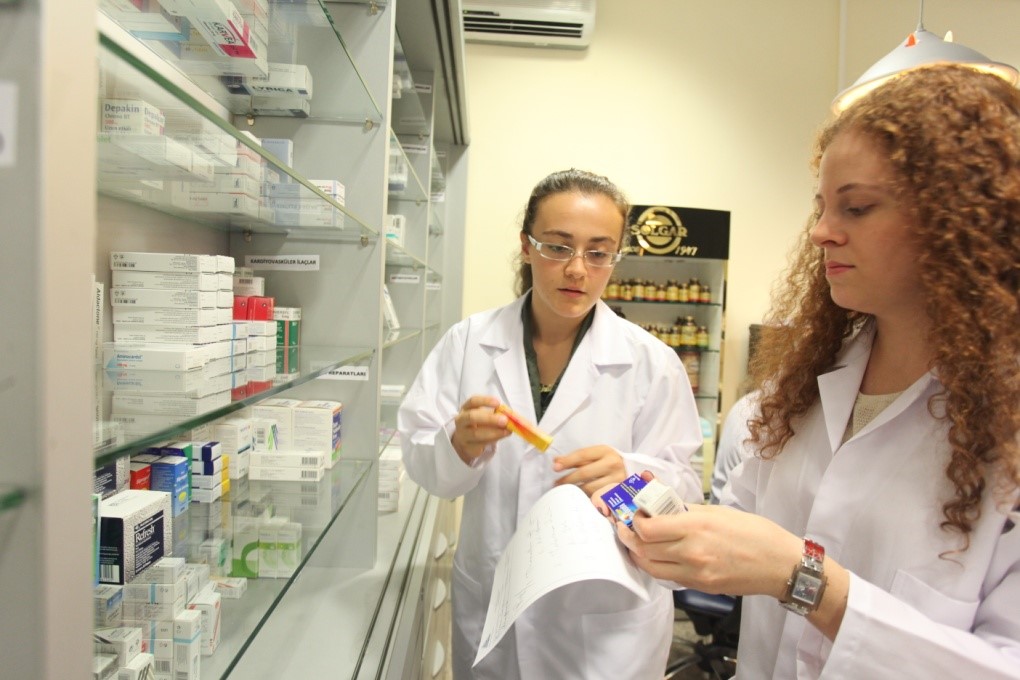
What is Physical Therapy?
The American Physical Treatment Association specifies physical therapy as "... a health profession whose primary function is the promo of ideal human health and function through the application of scientific principles to avoid, recognize, evaluate, fix, or reduce acute or extended motion dysfunction".
Physical Therapy is a profession whose main function is the remediation, maintenance, and promotion of optimum health, function, and lifestyle for people of all ages. The science of physical treatment includes the application of restorative modalities, techniques, and interventions that assist restore a person to their optimum physical potential. The art of physical treatment is assisting individuals assist themselves.
In laws and policies defining practice, physical treatment is frequently defined as the care and services supplied by a physiotherapist or a physiotherapist assistant under the direction and guidance of a physiotherapist, and consist of:
Minimizing impairment and functional constraint by developing, carrying out, and customizing healing interventions;
Preventing injury, impairment, practical restriction and disability; and Engaging in assessment, education, and research.
More information about the occupation of physical treatment may be obtained by checking out the American Physical Treatment Association's web site at www.apta.org
Who are Physiotherapist Assistants?
Physiotherapist Assistants, or PTA's, are competent health care suppliers who deal with and under the direction and guidance of a physiotherapist to provide physical treatment services. In order for a private to practice as a PTA, they should finish from an accredited PTA program and successfully pass a licensing/certification exam.
PTA's play an important role in providing physical treatment services for individuals with numerous disabilities. When a client seeks or is referred for physical treatment services, the physiotherapist carries out an initial examination and lays out a plan of care. The PTA can then carry out all or part of the treatment strategy as instructed by the physiotherapist.
The American Physical Therapy Association recognizes the PTA as the only person who assists the physical therapist in the delivery of selected physical treatment interventions.
What does a Physical Therapist Assistant do?
The physical therapist assistant (PTA) carries out physical therapy interventions and associated tasks under the instructions and supervision of a physiotherapist. Such responsibilities may consist of training clients in therapeutic workout and activities of everyday living, using physical agents such as cold, heat, electricity, or water for discomfort relief and recovery, instructing individuals in making use of assistive devices for strolling, taking part in injury care, promoting health and injury prevention, supplying patient and household education, training patients in wheelchair activities, helping the physiotherapist in performing client assessments and intricate interventions, and a lot more.
The PTA likewise keeps track of the client's action to treatment, performs various tests and procedures, documents pertinent elements of patient care, and preserves ongoing interaction with the supervising physiotherapist, in addition to other healthcare experts.
What is the difference in between a PT and a PTA?
The physical therapist (PT) and the physiotherapist assistant (PTA) differ in instructional preparation and levels of obligations as it relates to the arrangement of physical therapy services.
Today, the frustrating majority of PT schools inform physical therapists at the Doctorate level, although lots of practicing therapists were educated when programs required just a Master's or Bachelor's degree. The PTA is informed at the Associate's degree level, which usually corresponds to 2 years of college.
The PTA has a working knowledge of the theory behind treatment interventions, understands pathological conditions being treated, and understands how to use methods and techniques used to treat those conditions.
The PT has substantial education in evaluative skills, research study, and administration, as well as innovative coursework in human anatomy, neuroanatomy, orthopedics, pathology, and restorative techniques. Both the PT and the PTA should finish from certified programs and pass a licensing evaluation in order to practice in their respective functions.
Consumers/patients may look for the services of the physical therapist directly, or, the patient may be referred to a physiotherapist by a doctor. The PT performs the preliminary examination and assessment of the client. The examination will lead to a physical treatment medical diagnosis, and as appropriate, the PT online pharmacy tech schools in florida will develop goals or results to be achieved by a physical treatment plan of care and treatment plan.
The PTA can not perform the initial evaluation or evaluation; however, the PTA might assist the PT in gathering data. Following the assessment of the client, the PTA may carry out selected interventions and information collection as directed by the supervising PT. The PTA needs to always work under the instructions and supervision of a physical therapist. The collective relationship between the PT/PTA is extremely effective and valued, and the team considerably contributes to the success of the total rehabilitation process.